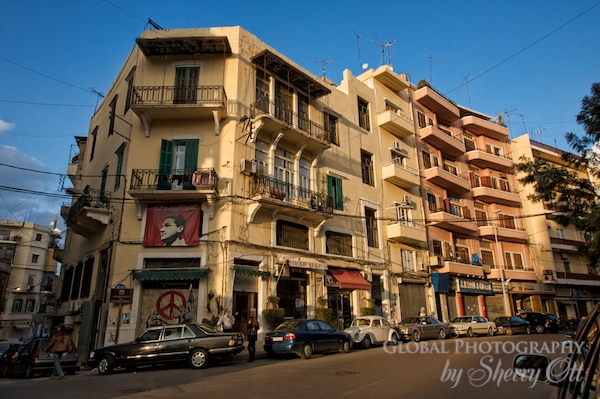
Last week, the day after Lebanese president Michel Sleiman met Barack Obama at the United Nations to discuss the Syrian conflict, The New York Times thought it timely to publish an article titled In Beirut, Where Fashion Lives Dangerously.
The article discussed the apparently innocuous question of the survival of couture in a conflict-ridden country. It framed Beirut’s couturiers in the context of a paradigm that most Western readers expect when reading about Lebanon: the war.
The journalist began by describing an explosion, then quoting a young couturier: “‘It sounded like a bomb,’ said [Krikor] Jabotian, who grew up in the city during the civil war that raged in Lebanon from 1975 to 1990 and started his label there five years ago. ‘But we just kept working. That’s just how we work in Beirut: expect the unexpected.’”
There was more of this familiar contrast throughout the rest of the article. On one hand, terror and explosions. On the other, dreamy gowns, clouds of chiffon, pearls and satins – and a culture of resilience in the face of inevitable disaster. [Link]



